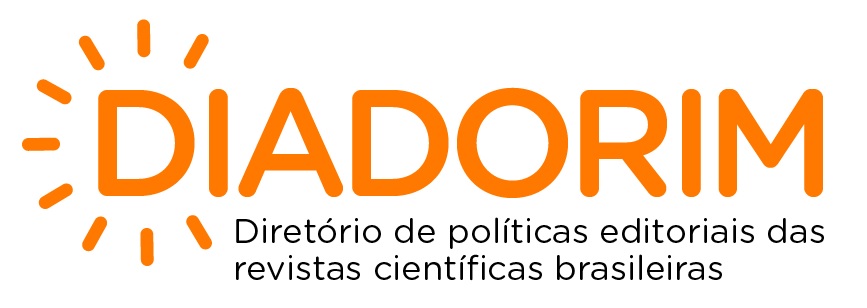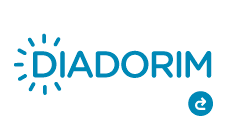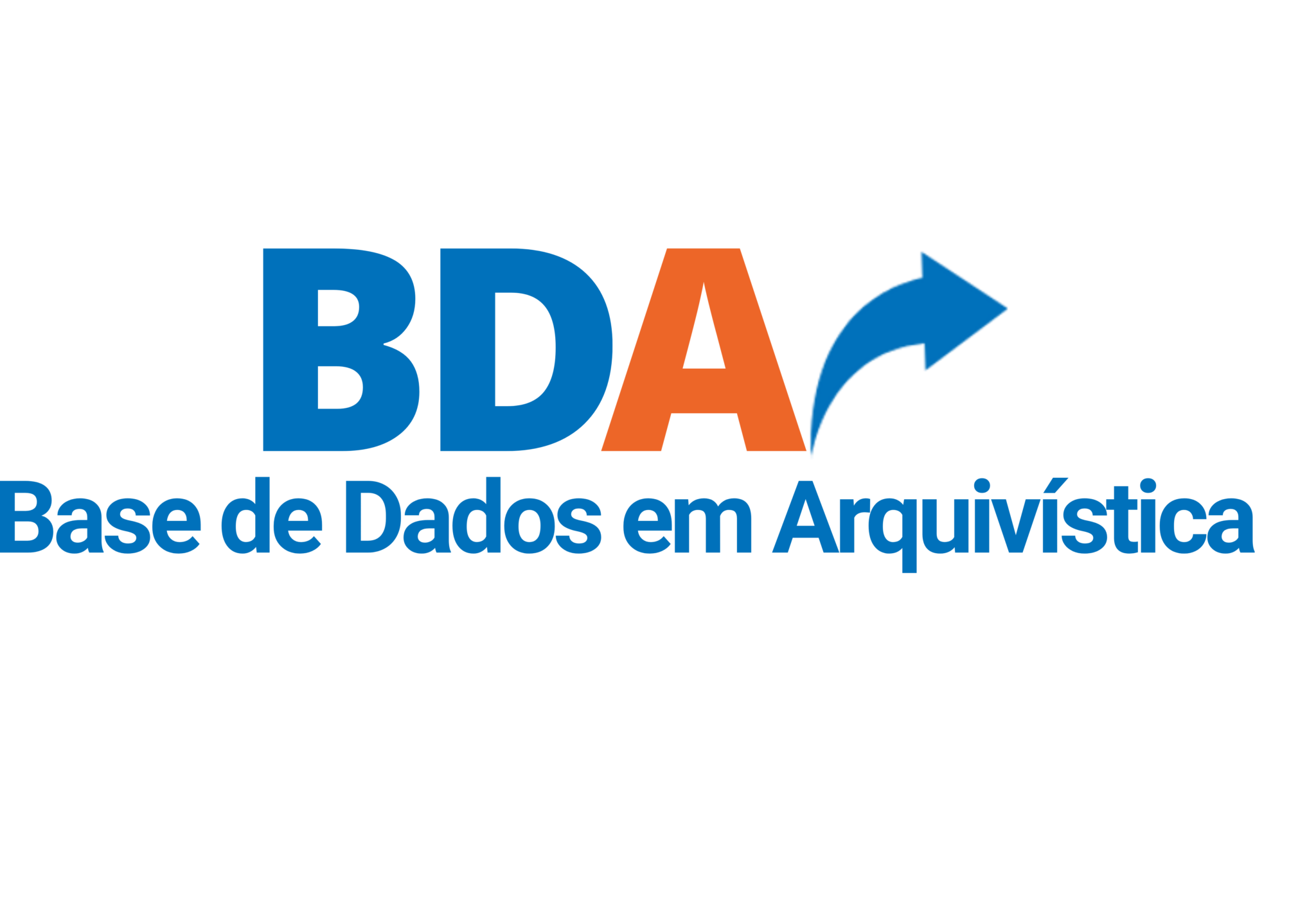Coocorrência de palavras-chave em dados abertos da Capes
teses e dissertações em Ciência da Informação
DOI:
https://doi.org/10.35699/2237-6658.2021.37157Palavras-chave:
Padrões de coocorrência, Dados Capes, Inteligência ArtificialResumo
O grande volume de dados produzidos, armazenados e disponibilizados para acesso tornou os computadores imprescindíveis para transformá-los em informação processável pelo homem. Com a mineração de textos, as palavras extraídas podem ser utilizadas no apontamento de relações entre elementos textuais internos ou externos a eles. Neste estudo, apresenta-se uma pesquisa em andamento que busca a descoberta de padrões de coocorrência de palavras-chave nas dissertações e teses do domínio da Ciência da Informação brasileira, utilizando técnicas de inteligência artificial aplicadas aos dados abertos da Coordenação de Aperfeiçoamento de Pessoal de Nível Superior (Capes). A metodologia se caracteriza como de natureza aplicada, com objetivos exploratórios de descritivos, e com procedimentos de análise quanti-qualitativos. O método utilizado é quantitativo, na forma de um estudo métrico, com a análise baseada nos princípios da teoria dos grafos. Espera-se que os resultados evidenciem a possibilidade de parcerias entre pesquisadores, tendências de pesquisa, temas pouco explorados, entre outros elementos.
Referências
ARAÚJO, C. A. Bibliometria: evolução histórica e questões atuais. Em questão, Porto Alegre, v. 12, n. 1, p. 11-32, jan./jun. 2006.
ARAÚJO, C. A. Fundamentos da Ciência da Informação: correntes teóricas e o conceito de informação. Perspectivas em Gestão & Conhecimento, João Pessoa, v. 4, n. 1, p. 57-79, jan./jun. 2014.
BRASIL. Decreto nº. 8.777, de 11 de maio de 2016. Institui a Política de Dados Abertos do Poder Executivo federal. Diário Oficial [da] República Federativa do Brasil, Poder Executivo, Brasília, DF, 12 maio 2016. Seção 1, p. 21.
CHERVEN, K. Mastering Gephi network visualization: produce advanced network graphs in gephi and gain valuable insights into your network datasets. Birmingham: Packt Publishing, 2015.
COORDENAÇÃO DE APERFEIÇOAMENTO DE PESSOAL DE NÍVEL SUPERIOR (CAPES). Dados Abertos Capes. Brasília, 2019. Disponível em: https://dadosabertos.capes.gov.br. Acesso em: 24 jun. 2021.
DURIAU, V. J.; REGER, R. K.; PFARRER, M. D. A content analysis of the content analysis literature in organization studies: research themes, data sources, and methodological refinements. Organizational Research Methods, [S.l.], v. 10, n. 1, p. 5-34, jan. 2007.
FAYYAD, U. Knowledge discovery in databases: an overview. In: DŽEROSKI, S.; LAVRAČ, N. (Ed.). Relational Data Mining. Berlin: Heidelberg, 2001. p. 28-47.
FELDMAN, R.; DAGAN, I.; HIRSH, H. Mining text using keyword distributions. Journal Of Intelligent Information Systems, [S.l.], v. 10, n. 3, p. 281-300, mar. 1998.
GARCÍA, A. Inteligência Artificial: fundamentos, práctica y aplicaciones. Madrid: RC Libros, 2012.
GIL, A. C. Métodos e técnicas de pesquisa social. 6. ed. São Paulo: Atlas, 2008.
GODIN, B. On the origins of bibliometrics. Scientometrics, [S.l.], v. 68, n. 1, p. 109-133, jul. 2006.
GUERREIRO, A. J. C. Análise de redes sociais: aplicação a uma rede de clientes. 2012. 73f. Dissertação (Mestrado em Análise de Dados e Sistemas de Apoio à Decisão) - Faculdade de Economia, Universidade do Porto, Porto, 2012.
KHOKHAR, D. Gephi Cookbook: over 90 hands-on recipes to master the art of network analysis and visualization with gephi. Birmingham: Packt Publishing, 2015.
LE COADIC, Y. F. A Ciência da Informação. 2. ed. Brasília: Briquet de Lemos, 2004.
LEE, H.; YI, G.-S.; PARK, J. C. E3Miner: a text mining tool for ubiquitin-protein ligases. Nucleic Acids Research, Bethesda, v. 36, n. 1, p. 416-422, maio 2008.
LÓSCIO, B. F.; BURLE, C.; CALEGARI, N. Boas Práticas para Dados na WEB: desafios e benefícios. Revista Principia : Divulgação Científica e Tecnológica do IFPB, João Pessoa, v. 1, n. 32, p. 9-26, dez. 2016.
SANTOS, B. R. P.; CAMILO, E. S.; MELLO, M. R. G. Big data e Inteligência Artificial: aspectos éticos e legais mediante teoria crítica. Complexitas: Revista de Filosofia Temática, Belém, v. 3, n. 1, p. 50-60, jan./jun. 2018.
TAN, P.; STEINBACH, M; KUMAR, V. Introdução ao datamining: mineração de dados. Rio de Janeiro: Ciência Moderna, 2009.
TSAI, H.-H. Research trends analysis by comparing data mining and customer relationship management through bibliometric methodology. Scientometrics, [S. l.], v. 87, n. 3, p. 425-450, mar. 2011.
WANG, L. et al. G-Hadoop: mapreduce across distributed data centers for data-intensive computing. Future Generation Computer Systems, [S.l.], v. 29, n. 3, p. 739-750, mar. 2013.
ZHU, L. et al. Keywords co-occurrence mapping knowledge domain research based on the theory of Big Data in oil and gas industry. Scientometrics, [S.l.], v. 105, n. 1, p. 249-260, ago. 2015.
ZINS, C. Conceptual approaches for defining data, information, and knowledge. Journal af the American Society For Information Science And Technology, [S.l.], v. 58, n. 4, p. 479-493, abr. 2007.
Downloads
Publicado
Edição
Seção
Licença
Copyright (c) 2021 Francis Bento Marques, Yuri Bento Marques, Benildes Coura Moreira dos Santos Maculan

Este trabalho está licenciado sob uma licença Creative Commons Attribution 4.0 International License.
Autores que publicam na Revista Múltiplos Olhares em Ciência da Informação mantêm os direitos autorais e concedem à revista o direito de primeira publicação, com o trabalho simultaneamente licenciado sob a Licença Creative Commons Attribution que permite o compartilhamento do trabalho com reconhecimento da autoria e publicação inicial nesta revista. Contratos adicionais poderão ser assumidos, separadamente, pelos autores, para distribuição não-exclusiva da versão do trabalho publicada nesta revista (exemplo: publicar em repositório institucional ou como capítulo de livro), com reconhecimento de autoria e publicação inicial nesta revista.




















